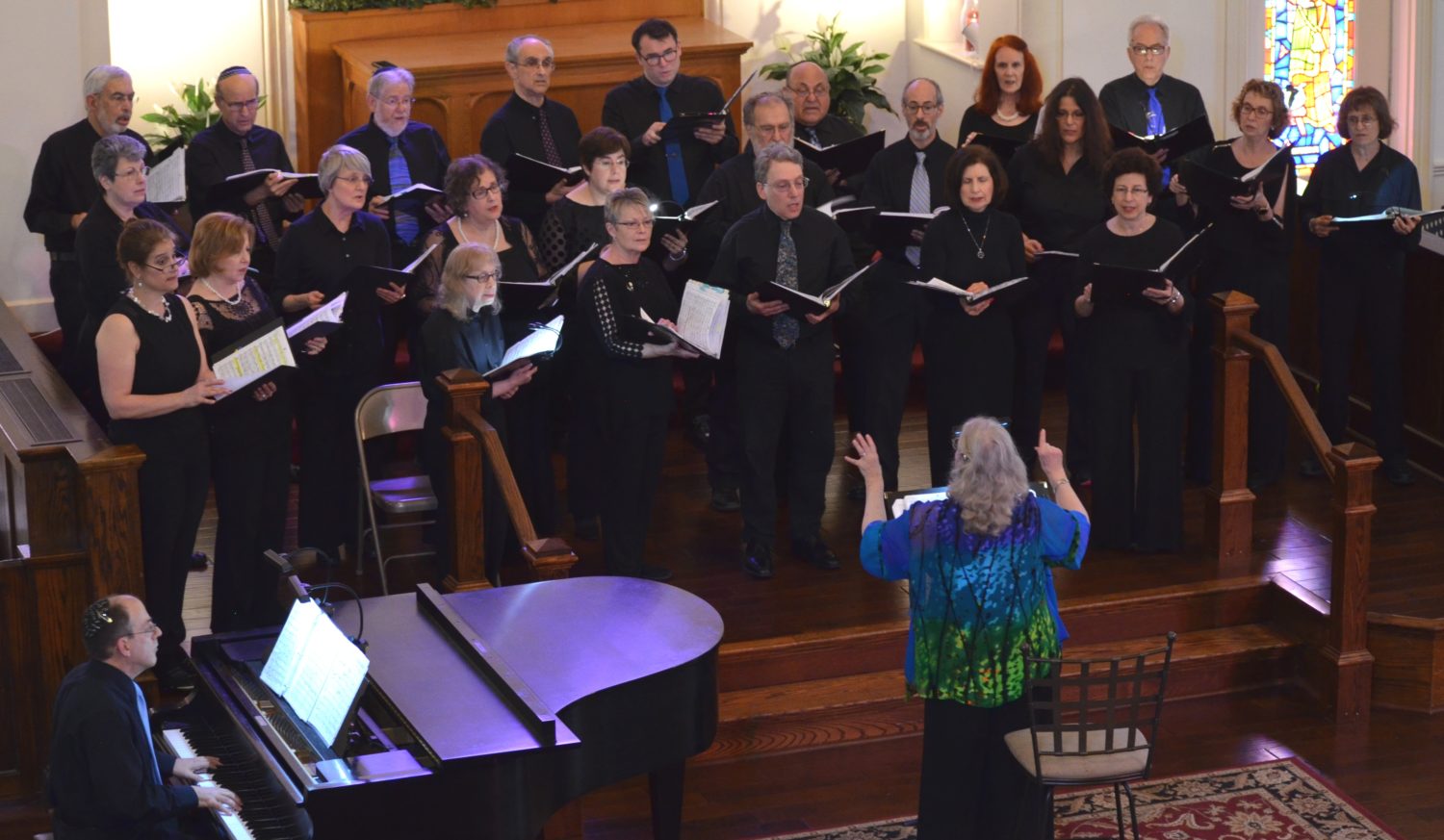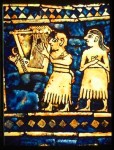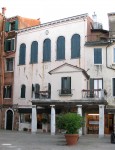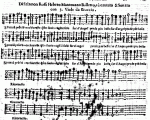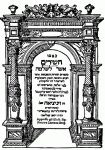This is an interesting question and one which I am often asked. After some initial questions, many others usually follow, such as: Does Jewish music have to “sound” Jewish? Can Jewish music be composed by a gentile? If the style is popular, i.e., rock, Broadway, rhythm-and-blues, jazz, etc., how can that be Jewish?
Let me quote from my doctoral dissertation, An Anthology of Selected Choral Music of the Jewish People for Developing Musicianship in Grades 9 through 12, New York University, 1986, page 7:
Jewish music is music whose lyrics are taken from Jewish liturgical texts or are based on themes of Jewish content. It is music whose unique Jewish characteristics should but not necessarily ought to exhibit:
- Melodies documented as melodies of the Jewish people.
- Music whose gestures are expressions of the Jewish people as identified through tradition,
- Music whose gestures are expressions of the Jewish people communicated in various cultural idioms.
from the Zemirot Database
Consider the Ladino song, “La Rosa Enflorese.” This beautiful melody was a love song sung by Sephardic Jews (those from the Iberian Peninsula) prior to the Expulsion in 1492. When Ashkenazic (Central and Eastern European) Jewish business travelers heard this beguiling melody, they assigned the Hebrew words of the popular Shabbat table hymn “Tsur Mishelo Achalnu” to the “La Rosa Enflorese” melody. Thus, we have the case of a Spanish melody used by Ashkenazic Jews.
Note that before the melody established itself as “Jewish” through popular usage in the Jewish Community, the song was already Jewish because the text of “Tsur Mishelo Achalnu” rendered the song Jewish. Years later, through tradition, when we hear the tune with either melody we identify the music as a melody of the Jewish people
Consider the Ashkenazic tune for the Chanukah hymn “Ma’oz Tsur.” When we hear the tune, we recognize it and we know that the tune is a Jewish melody. However, when we hear the Sephardic tune for “Ma’oz Tsur” we are hearing the melody of the gentile Venetian Baroque composer, Benedetto Marcello (1686-1739). The Jews of Venice loved Marcello’s melody so much that they set the words of their favorite hymn “Ma’oz Tsur” to Marcello’s melody. All of Venice sang Ma’oz Tsur to the Marcello melody and thus made it “Jewish.” To this day, Italian and Sephardic Jews use this same melody on Chanukah. The Ma’oz Tsur melodies demonstrate characteristic #1 (melodies of the Jewish people) and characteristic #2 (music whose gestures are expressions of the Jewish people as identified through tradition.)
When a Jewish community adopts a melody, it becomes Jewish. For example, in 1960 the title song from the film “Exodus” was composed by Ernest Gold, who won an Oscar for the musical score. The music was beloved by the Jewish community. In 1961, Pat Boone, a gentile, added lyrics: “This land is mine; God gave this land to me.” When the song was sung by Andy Williams, Pat Boone, and Edith Piaf, Jews still considered the song one of their own. In this case, the context and use of the song renders it Jewish.
Furthermore, on May 17, 2011, the Maccabeats, a Jewish student a cappella ensemble from Yeshiva University who cover current songs and affix Jewish lyrics and context to them, performed at the White House for President Obama on the occasion of Jewish Heritage Month. We can read about it in a transcript of the event:
East Room, 2:55 P.M. EDT
THE PRESIDENT: Hello, everybody. (Applause.) Good afternoon. Welcome to the White House […]
I want to thank the Maccabeats for their outstanding performance. (Applause.) They just did an outstanding number for me–it was very brief–(laughter)–that said, “four more years.” (Laughter and applause.) It was good. I really liked it. So thank you….
The Maccabeats have adapted music such as Mike Tompkins’ a cappella version of Taio Cruz’s “Dynamite” into their Hanukkah song “Candlelight,” and “Raise Your Glass” by P!nk into their “Purim Song,” which have become YouTube sensations. They travelled as fast as lightning through cyberspace from one Jewish community to another across the globe.
Does the contemporary music within them render these songs not Jewish? Absolutely not! The adaptations use lyrics taken from Jewish sources, expressions of the Jewish people as identified by tradition, and expressions of the Jewish people communicated in cultural idioms that American Jews have slowly adopted during the past few decades. All three musical criteria, stated above, are not only part of the Maccabeats’ music, but also American Jewish music.
Finally, let us turn back four centuries to the music of Salamone Rossi from Mantua, Italy. Sharim v’Sharot loves to sing the religious Psalm settings and secular madrigals of Rossi, who was known as “Rossi the Hebrew,” and lived from about 1570-1630. Rossi was educated in the sweep of humanism as the Jewish community abandoned its isolation and began to study Western music, art, painting, literature, and so on. Rossi distinguished himself as a favorite employee at the court of the Gonzaga family, and was exempted from wearing the yellow badge required of all Jews of the period. Rossi composed many vocal and instrumental works including sonatas, dance pieces, the first ever trio sonatas, and the only book of Hebrew polyphony for the synagogue (HaShirim Asher Lish’lomo, 1623) published before the 1800s. Rossi understood both the contemporary prevailing musical style of his time and location, and the Hebrew Psalms. He was able to combine both in an artistic outpouring of his religious beliefs.
We can see how Jewish performers and composers have woven Jewish texts, Jewish traditions, Jewish melodies, and Jewish expressions with contemporary forms and have faithfully created Jewish music throughout the ages and the continents in which they have lived. This invaluable feature keeps Jewish thought, tradition, and progress alive in every generation. May it continue throughout all time as we say: Am Yisrael Chai! (The People of Israel live!)
Copyright © 2011 Elayne Robinson Grossman, Ed.D.
